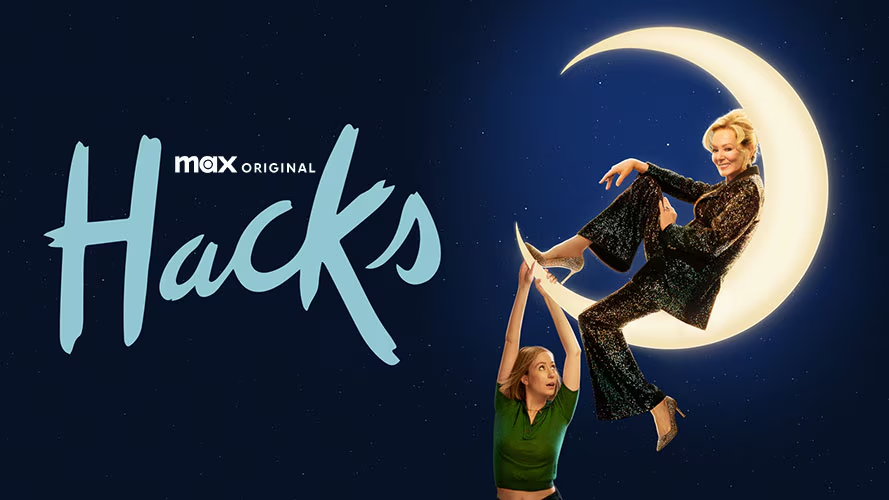While most of us know Netflix for it’s endless supply of movies, the on-demand media provider is now adding successful television series provider to its resume with the release of hit T.V. show Orange is the New Black.
Loosely based off the novel of the same name, the show chronicles the conviction of Piper Chapman, a young upper middle class woman. Piper, who comes from a well established Boston family and degree from Smith college, engages in a relationship with Alex Vause and subsequently engages in illegal money laundering. After a series of dangerous run ins and worldwide excursions, Piper runs away from Alex and returns to a normal quiet life.
Fast forward a couple years and Piper is living in New York with boyfriend Larry, when her wild adolescence and the FBI catch up with her. Piper is then forced to serve 15 months in a minimum security women penitentiary. The show focuses largely on Piper’s life in prison as she experiences everything from the mundane day to day prison routine to trying her best to survive. Perhaps the biggest plot twist in the entire season is when Piper realizes that Alex, her ex lover, is also in prison with her. As tensions in prison grow high, Piper is tempted by her old lover, while Larry waits on the outside for her. Piper soon finds herself in a love triangle that doesn’t look to have too good of an ending. Although the plot seemed like a bit of a stretch at this point, the humor and scandal kept it moving along, and I found myself enjoying every scene. My only complaint is that Piper is a bit whiny throughout the season, but I’m assuming that was incidental, as she is portrayed as a stereotypical upper middle class person.
Along with Piper’s story, the show includes sub-plots in the form of flashbacks to articulate to the audience Piper’s other inmates’ stories. Through Piper’s flashbacks, we gain a greater sense of understanding of her and Alex’s relationship, and the driving force for their attraction. Additionally, sub-plots are used generously throughout the season, and work to keep the plot moving, and develop the story as the audience gains inside to inmates personal lives. The writing and incorporation of scenes is done flawlessly and the show continues to use dark humor throughout. Some of my favorite flashback stories center around characters Red and Sophie. Red, who is convicted of mob activity, shows a tough and resilient exterior, as she runs the head of the prison kitchen. Although intimidating, through flashbacks the audience is able to closely relate to her on a more personal level, finding her to be a motherly figure. In contrast, Sophie is less scary than Red, but packs a powerful punch with her story. Sophie, who is a transgender, is denied her medication during her stay at the correctional facility. Again through flashbacks, the audience is able to understand the stresses Sophie experienced in her journey through life.
Overall, the first season was a success. Since its release, the show has appealed to a multitude of people, and best serves those who are looking for something easy to watch that will give them a good laugh. Orange is the new Black differs from other shows in that, although is has a main plot, the show seems unimaginable without the sub plots. The characters lend themselves to be easily likable, and quickly hook the audiences attention. The show is constantly filled with rising actions and climax’s and nearing the end of the first season you’ll find that the plot escalates very quickly and leads into an ambiguous ending.
The show, like any successful one, keeps the audience watching episode after episode. Luckily, Netflix releases their television series’ in bulk, so watching the entire season in one day is doable. And if you haven’t watched Orange is the New Black, I suggest you catch up soon on the Netflix original before the June 6 premiere of season two.




